

Of course, you can do many more things in Minecraft with mechanisms such as levers and doors. You can activate mechanisms from afar or connect them to various programs and functions. Here are some basic examples for doing this.
One of the most direct applications of redstone is connecting levers, devices, and other machines over long distances. Here is a lever powering several redstone lamps in many different positions — a simple example of redstone connections. This is one of the most fundamental properties of redstone mechanics: the ability to smoothly connect input and output.

Simply connecting mechanisms in this way has several applications, such as
Activating complex machines: Many simple and complex contraptions can be activated with a single lever or button, for example. Use trails of redstone dust to place your inputs wherever you want, such as in a door frame or a control room.
Creating traps: A simple hidden connection can link a lever with some TNT, or a pressure plate with a piston.
Connecting several inputs to one output, or several outputs to one input: When many items are hooked together, they can function collaboratively to produce interesting results. For example, a door might be connected to two buttons (one on either side of the doorway), or a single lever might activate a whole wall of dispensers, allowing you to rain arrows on your enemies.
With the more complicated designs, creating redstone machinery is rarely a one-step process. A machine can accomplish several simple tasks to produce a grand combined result, and it often needs to take many actions to achieve its function.
As a simple example, consider a piston-powered door — a popular device that causes a set of blocks to open and close, like a door via lever. The blue blocks form a trapdoor that opens whenever the lever is flipped. Note that the design is split into several parts and functions contributing to a single goal.
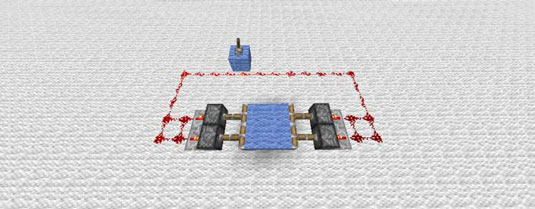
Check out what this redstone-powered trapdoor might look like when the redstone is hidden under a gray floor.
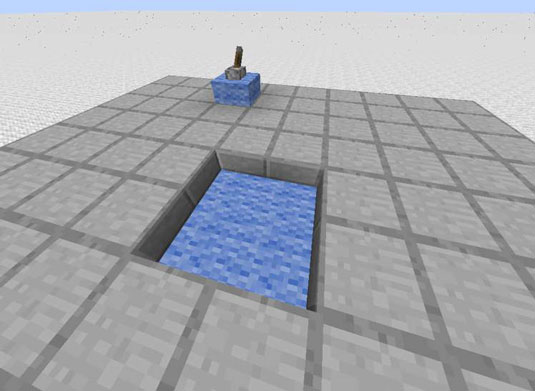
Similarly, a number of other somewhat simple devices require a few separate pieces to assemble:
Player-controlled machines: Often, a machine has levers and buttons that let the player control certain functions from afar, or complete complex functions simply. For example, a machine might allow the player to change the route of a minecart, or to craft and sort potions.
Choreographed events: Many redstone devices are set up to activate various machines at programmed times. This means running a web of redstone throughout an area, often using the redstone repeater.
Contraptions with complex output: A difficult example is a machine that removes a block from a wall and replaces it with another. The first block must be pulled away, the other block must be pushed in, and none of the individual steps can interfere with each other.
Another interesting example is the always popular TNT cannon, which activates a group of TNT blocks and then places another TNT block shortly afterward. This causes the first group to launch the TNT at your target. You can see the redstone laid out in such a way that it’s easier to understand. Note that the pool of water prevents the cannon from destroying itself.
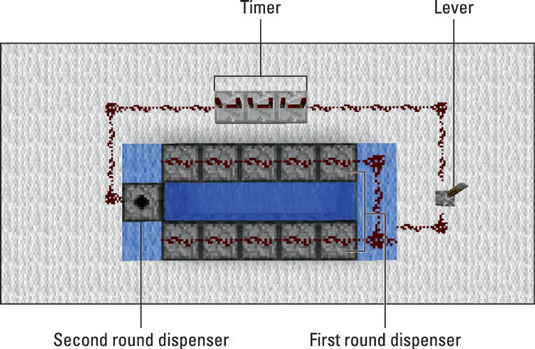
Intricate redstone devices expand the connection of input and output, by employing large amounts of redstone and wiring to produce powerful and robust results. This might mean storing memory (having your circuit take particular positions to indicate settings), organizing lots of factors, manipulating lots of outputs, and more.
The most complicated designs often contain giant clusters of wiring that connect to perform functions. For example, some people like to build calculators or electronic drawing boards out of redstone. However, even these powerful contraptions boil down to simple rules and devices.
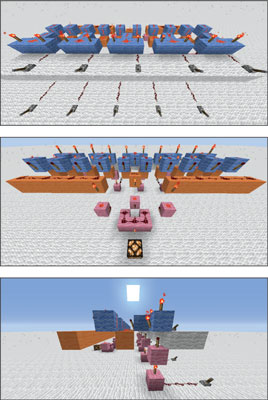
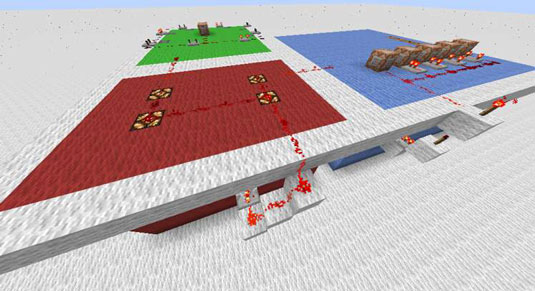
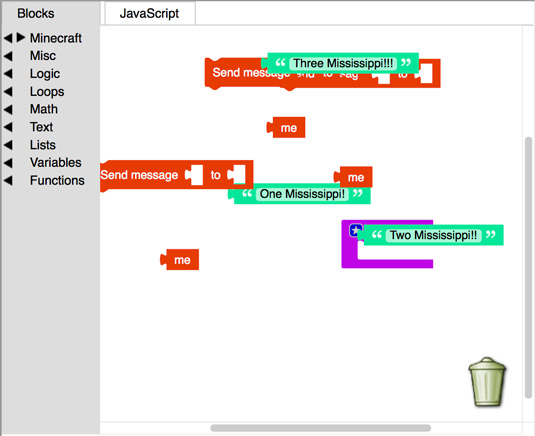
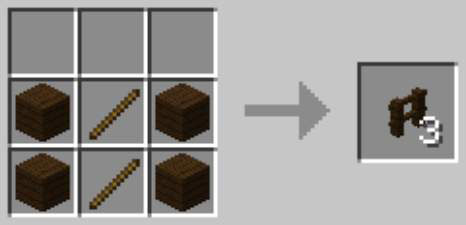
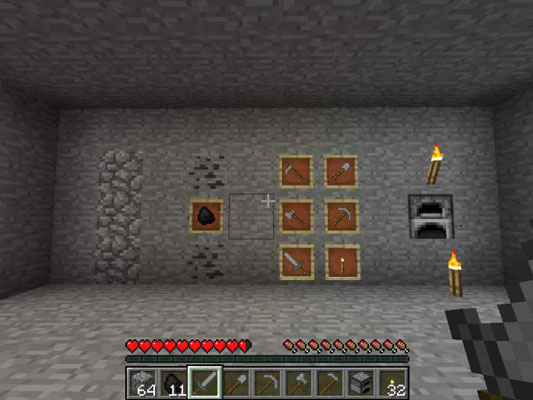 3 Optional Day One Activities in Minecraft - For Dummies
3 Optional Day One Activities in Minecraft - For Dummies How to Spawn Entities and Add Inventory Items to Your Minecraft Mods - For Dummies
How to Spawn Entities and Add Inventory Items to Your Minecraft Mods - For Dummies How to Write the Wall and Roof Functions to Build a One-Click House in Minecraft - For Dummies
How to Write the Wall and Roof Functions to Build a One-Click House in Minecraft - For Dummies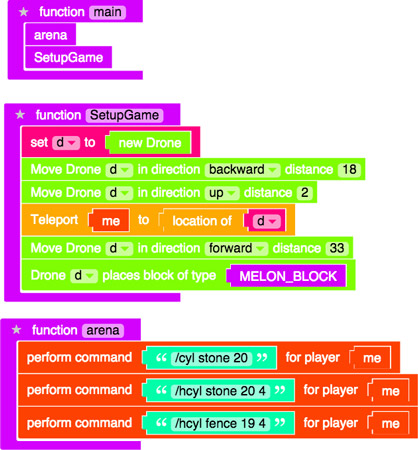 Minecraft Modding: How to Add a Melon Block to Break in Monster Arena - For Dummies
Minecraft Modding: How to Add a Melon Block to Break in Monster Arena - For Dummies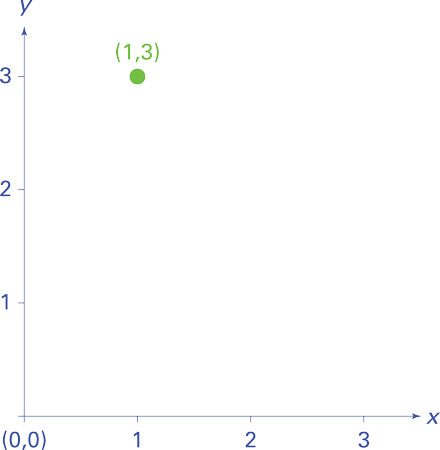 How to Design an Exploding Projectile in Minecraft Modding - For Dummies
How to Design an Exploding Projectile in Minecraft Modding - For Dummies